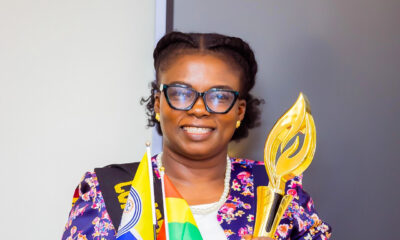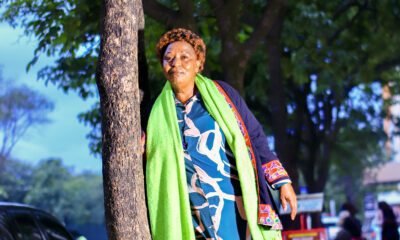Music
With HypnoRock & Africhant, an artist breathes new life into the makhoyane
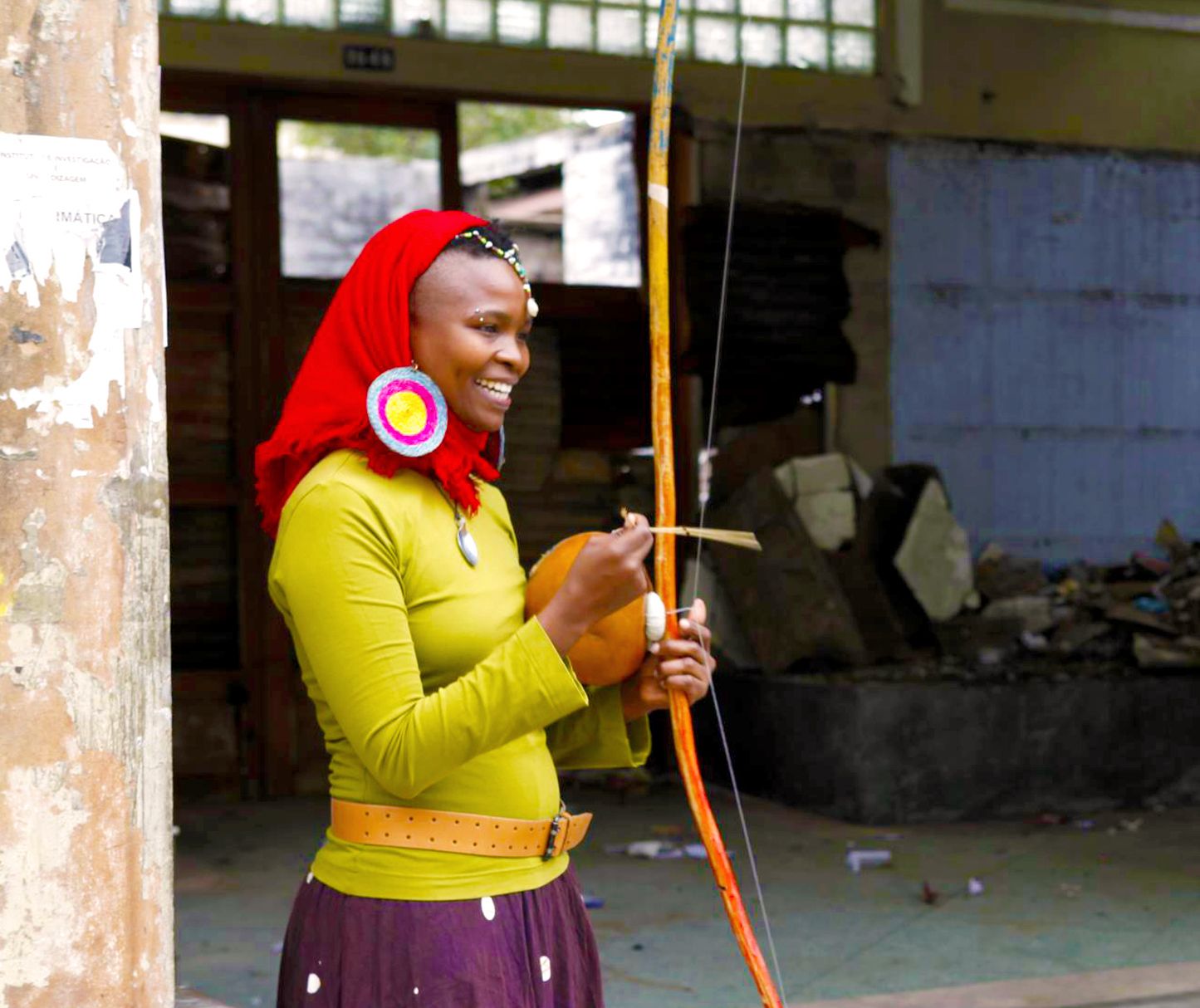
There are very few musicians alive today who know how to play the makhoyane, the traditional instrument of the Swati. Most are elderly. Enter Thobile Magagula, who is bringing the instrument back to life with Hypno-rock and Africhant.
by Nokukhaya Musi, bird story agency
With great precision and agility, Thobile Magagula holds the calabash of the makhoyane—a tall, gourd-resonated braced musical bow—to her chest and strikes the taut wire with a dried stick or piece of hard grass. This creates a rhythmic pattern as she chants and sings songs about life and stories from the area.
An unusual yet captivating sound emanates from this musical object. The makhoyane is the national musical instrument of the kingdom of Eswatini, but there aren’t many people who play it anymore, and those who do are now old.
Even in eSwatini, where the instrument is said to have come from hundreds of years ago, not many people know what this musical bow is called, even though it has a very unique sound.
Magagula, in her early 40s, is the youngest known player in eSwatini, which has a population of nearly 1.2 million.
Drawing inspiration from her roots, Magagula has managed to breathe new life into traditional Swati arts and culture by weaving bits of Swati traditional sounds into her music.
Nicknamed Makhoyane by the eSwatini media, Magagula decided to resurrect the dying art of playing this indigenous instrument and presents an artistic showcase that involves original compositions on the instrument, improvisation, and collaborations with spoken word and other performance genres.
Magagula showcases her skills not just on the makhoyane but also on another ancient traditional music instrument, called the isitolotolo, which is essentially a mouth harp.
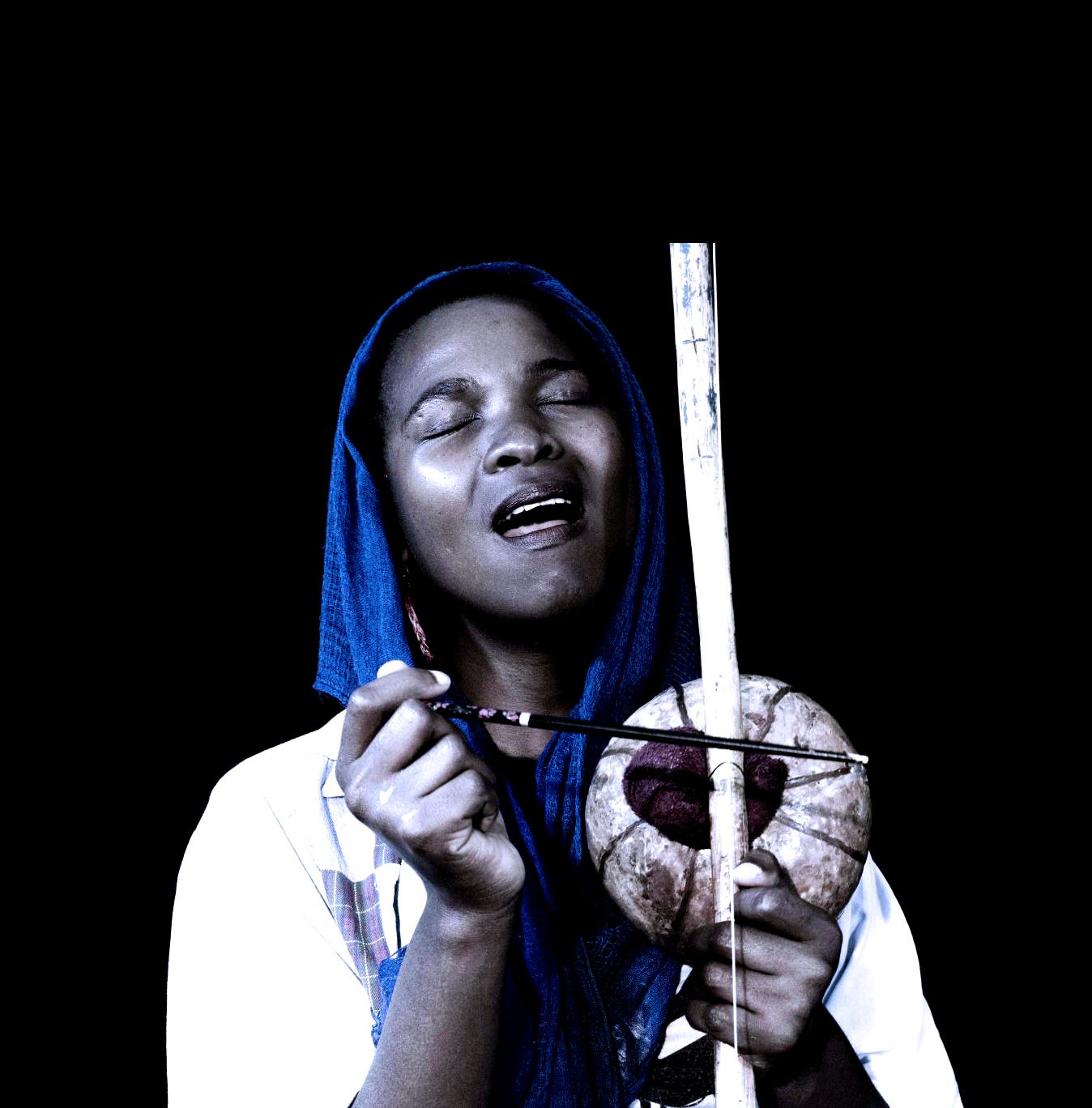
This artist is not only preserving her Swati traditions but also reimagining and reinterpreting them by blending her haunting yet captivating vocals with traditional musical instruments like makhoyane, the sitololo, and western musical instruments, creating a style of her own, known as’ HypnoRock ‘and’ Africhant. ‘
Watching her perform, Magagula appears wild and rebellious—but at the same time, she radiates a profound dignity and grace.
Magagula was born in the countryside of the Kingdom of eSwatini. She uses her music and strong lyrics to entertain, educate, empower, and uplift her audiences as she talks about social issues.
Magagula, whose early interest in music saw her listening to the likes of Brenda Fassie, Mercy Pakela, and Keith Sweat, said that it was in her early 20s that she learned to play the makhoyane but only started to play it professionally for a live audience in 2005 during the “golden age” of Etulu Cultural Village, eSwatini’s popular cultural entertainment hub.
According to Magagula, her musical journey was off to an adventurous start when she laid her hands on an album by Smiles Makama—eSwatini’s version of Jimi Hendrix.“
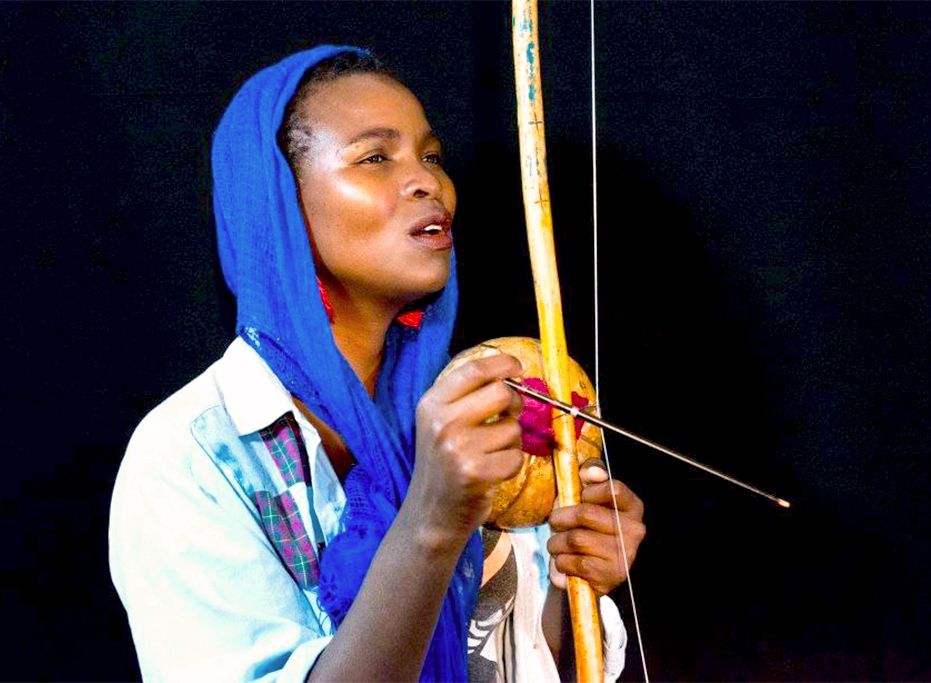
I got it off of Pachanga Matsenjwa. It must have been 1999, and on this one track, he was playing an instrument, which I would later learn was the makhoyane. I was fascinated and intrigued by it. The sound from the instrument was like nothing I had ever heard,” she said. “When I first heard the sound, my spirit was humbled—literally.”
According to Cara L. Stacey, Senior Lecturer in African Music at the School of Music at South Africa’s North-West University (NWU Sekolo sa Mmino), variations of the sitolotolo are played all around the globe, but the makhoyane is particularly special to eSwatini and southern Africa.
“These instruments are as old as hunting bows and have served so many musical people as accompaniment while they sing to themselves and their people. The instrument is a simple but brilliant technology,” she said.
“The songs people sing along with the makhoyane usually tell us something very special about life in this part of the world. For these reasons, people should continue to play the instruments, and those who don’t play should take an interest in them,” Stacey explained.
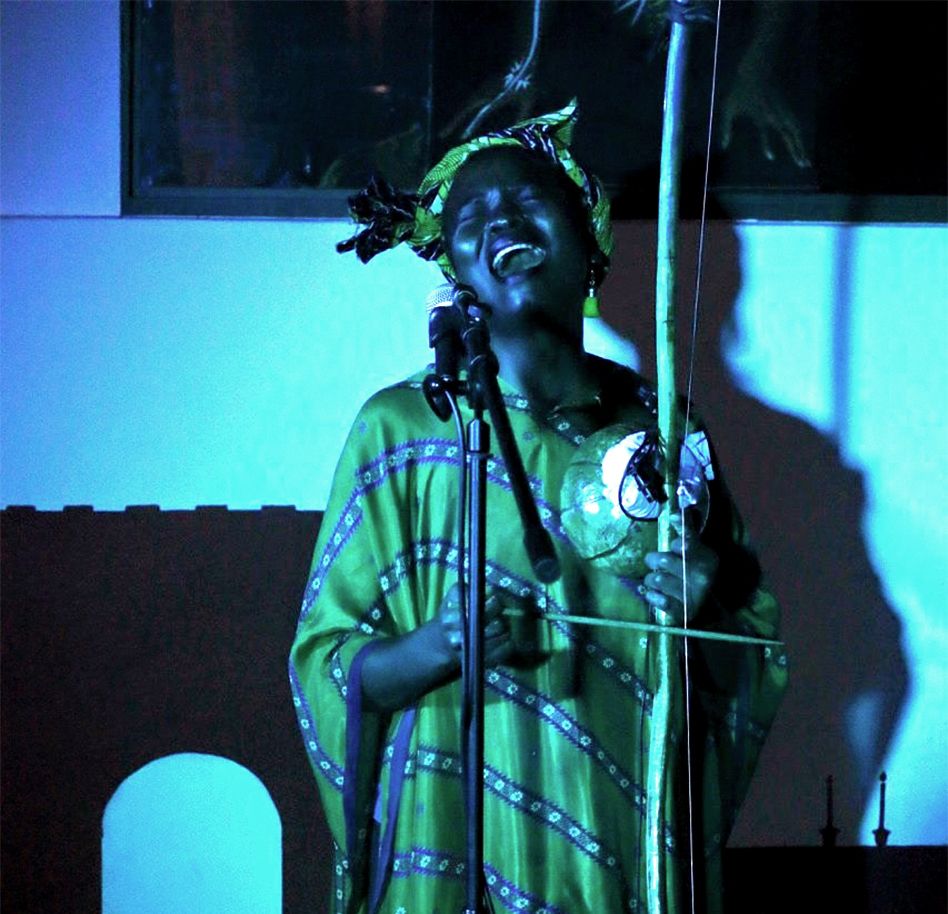
But in 1999, without online search engines to assist her, there were few sources of information for Magagula to find out more about the instrument.
“This was at a time when you dug for knowledge and information about something; you dug deep. Then I started listening to radio stations that played traditional music. I searched and searched. I developed an interest from there to wanting to hold the instrument myself and learn how to play it and hear the sound.“
Finally, her search yielded results.
“I bought the instrument at the local market, which they had on display. I tried playing it, but the sound wasn’t quite like what I heard on that CD. I tried practising on the instrument, and repeatedly, the string would snap, and I would have to repair it myself. Until such time, I seemed to get the kind of sound I had previously heard,” she explained.
However, she admits that she has never come close to the musical artistry of Smiles Makama, who she regards as a living legend.
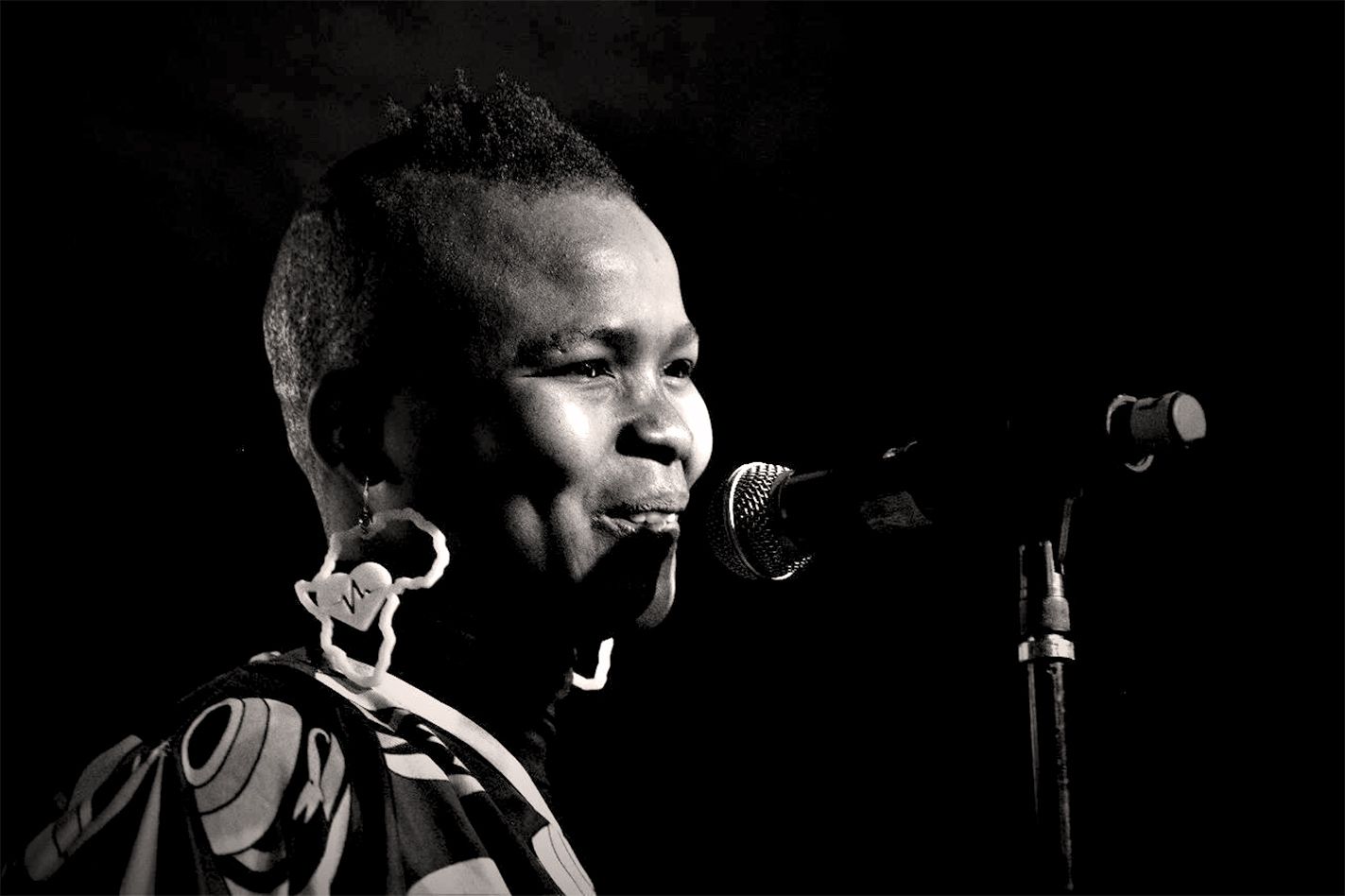
“I have never heard anything like his sound, ever. I reached a stage where my sound had a tune and a key; I wanted to practise until I mastered the sound. I became so obsessed that even if I had been out clubbing, I would look forward to returning to my house to practice, even at 4 am. I didn’t have songs at that time but just continued to play. I hadn’t developed to the extent where I could put what I had to say in a song,” she narrated.
In addition to the makhoyane and the sitolotolo, she also dabbles in the mbira, a finger-plucking traditional musical instrument indigenous to Malawi and Zimbabwe, and tries her hand at electro music.
Her previous residency as an artist at Festival Raiz, a project of a traditional nature dedicated to music with traditional Mozambican roots, to rescue, preserve, enhance, and disseminate the cultural diversity rooted in Mozambique and the region, enabled her to collaborate with exceptionally gifted traditional instrument players from Mozambique like Rhodalia Sylvester, NBC, and the late Madala Matisse, as well as South African artists Ernie Koela, Luyolo Lenga, and many others.
“Right now, I want to expand on this. I look forward to meeting with other artists at Festival Raiz—exhibiting and performing artists. I’m hoping that I will see other instruments that I could potentially learn to play, “Magagula said.




